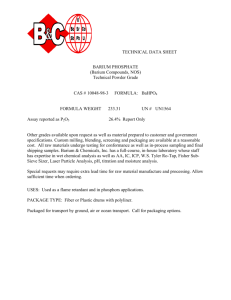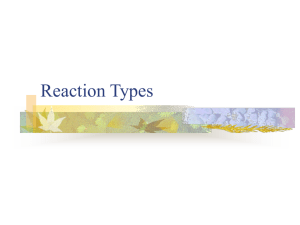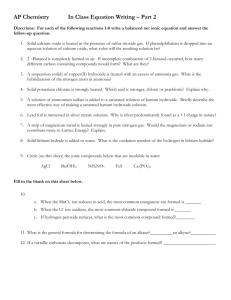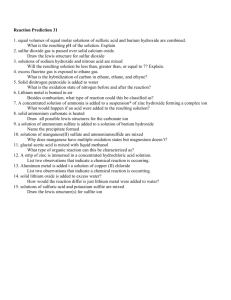LCB hydrolysis for LC-MS
advertisement
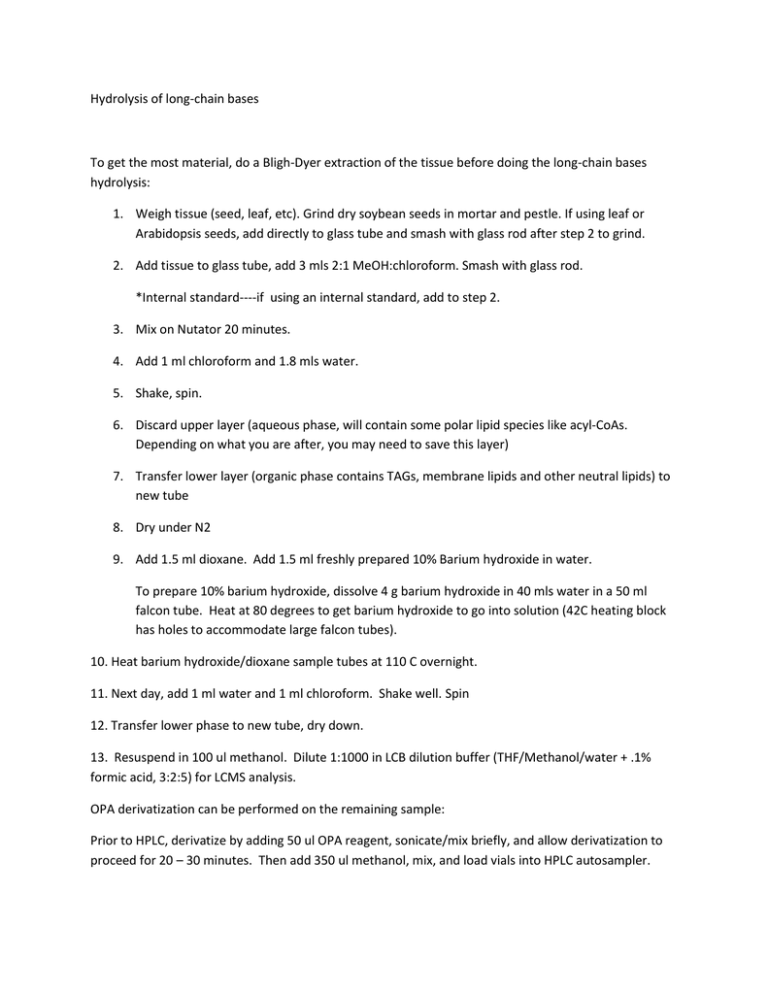
Hydrolysis of long-chain bases To get the most material, do a Bligh-Dyer extraction of the tissue before doing the long-chain bases hydrolysis: 1. Weigh tissue (seed, leaf, etc). Grind dry soybean seeds in mortar and pestle. If using leaf or Arabidopsis seeds, add directly to glass tube and smash with glass rod after step 2 to grind. 2. Add tissue to glass tube, add 3 mls 2:1 MeOH:chloroform. Smash with glass rod. *Internal standard----if using an internal standard, add to step 2. 3. Mix on Nutator 20 minutes. 4. Add 1 ml chloroform and 1.8 mls water. 5. Shake, spin. 6. Discard upper layer (aqueous phase, will contain some polar lipid species like acyl-CoAs. Depending on what you are after, you may need to save this layer) 7. Transfer lower layer (organic phase contains TAGs, membrane lipids and other neutral lipids) to new tube 8. Dry under N2 9. Add 1.5 ml dioxane. Add 1.5 ml freshly prepared 10% Barium hydroxide in water. To prepare 10% barium hydroxide, dissolve 4 g barium hydroxide in 40 mls water in a 50 ml falcon tube. Heat at 80 degrees to get barium hydroxide to go into solution (42C heating block has holes to accommodate large falcon tubes). 10. Heat barium hydroxide/dioxane sample tubes at 110 C overnight. 11. Next day, add 1 ml water and 1 ml chloroform. Shake well. Spin 12. Transfer lower phase to new tube, dry down. 13. Resuspend in 100 ul methanol. Dilute 1:1000 in LCB dilution buffer (THF/Methanol/water + .1% formic acid, 3:2:5) for LCMS analysis. OPA derivatization can be performed on the remaining sample: Prior to HPLC, derivatize by adding 50 ul OPA reagent, sonicate/mix briefly, and allow derivatization to proceed for 20 – 30 minutes. Then add 350 ul methanol, mix, and load vials into HPLC autosampler.


